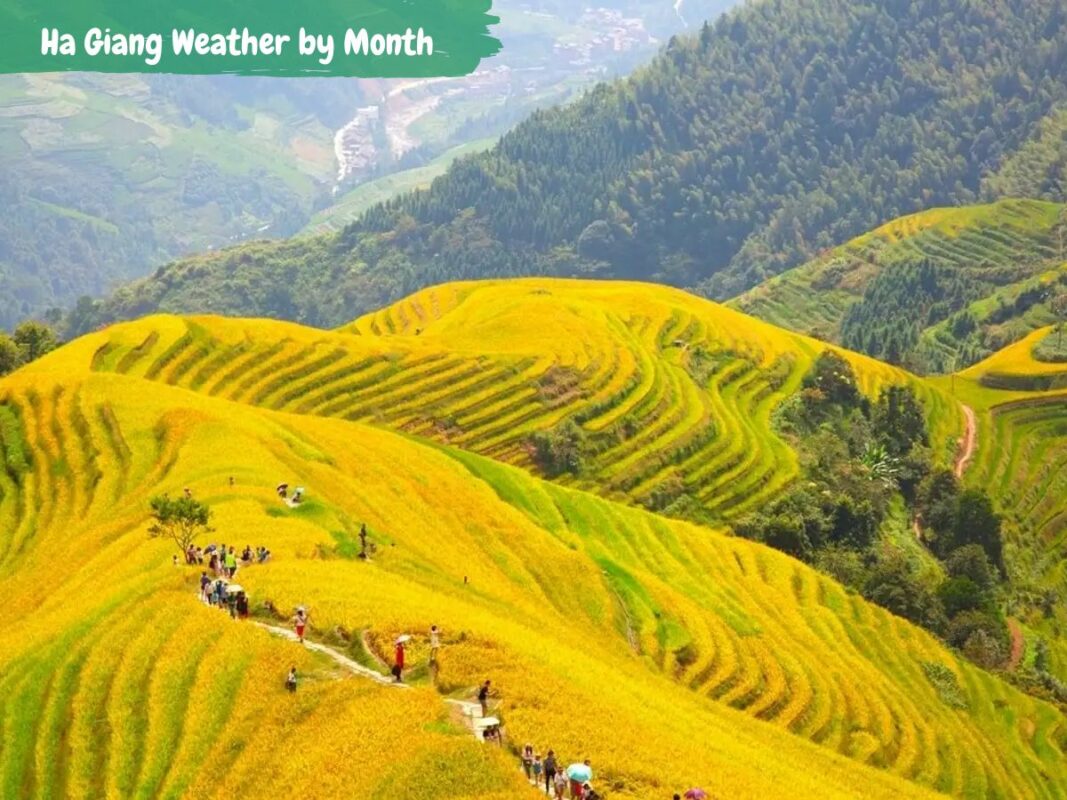Ha Giang Loop, Travel Guide
Ha Giang Weather by Month: What to Expect Each Season?
Understanding Ha Giang weather by month is essential for planning your trip to this beautiful region in northern Vietnam. Each month offers different weather conditions that can significantly affect your travel experience. In this post, we’ll provide a month-by-month guide to Ha Giang’s weather, helping you choose the best time to visit based on your preferences and activities.
Key Takeaways
- Ha Giang is a province in northern Vietnam known for its stunning landscapes and diverse climate.
- The climate in Ha Giang is influenced by its mountainous terrain, resulting in cool temperatures and distinct weather patterns.
- Ha Giang experiences different weather conditions each month, from dry and sunny to wet and foggy.
- The best time to visit Ha Giang is during the dry season from October to April, when the weather is more favorable for outdoor activities.
- When packing for Ha Giang, it’s important to bring layers, waterproof clothing, and sturdy footwear to accommodate the changing weather.
Understanding Ha Giang’s Climate
Ha Giang’s climate is characterized by its diversity, with the province experiencing a wide range of weather patterns throughout the year. The region’s climate is influenced by its mountainous terrain, which can lead to dramatic variations in temperature and precipitation. In general, Ha Giang has a subtropical climate, with hot and humid summers and cool, dry winters. However, due to its diverse topography, the province can experience a wide range of microclimates, with temperatures and weather conditions varying significantly from one area to another. This makes Ha Giang an incredibly dynamic and fascinating destination for travelers looking to experience the full spectrum of Vietnam’s climate.
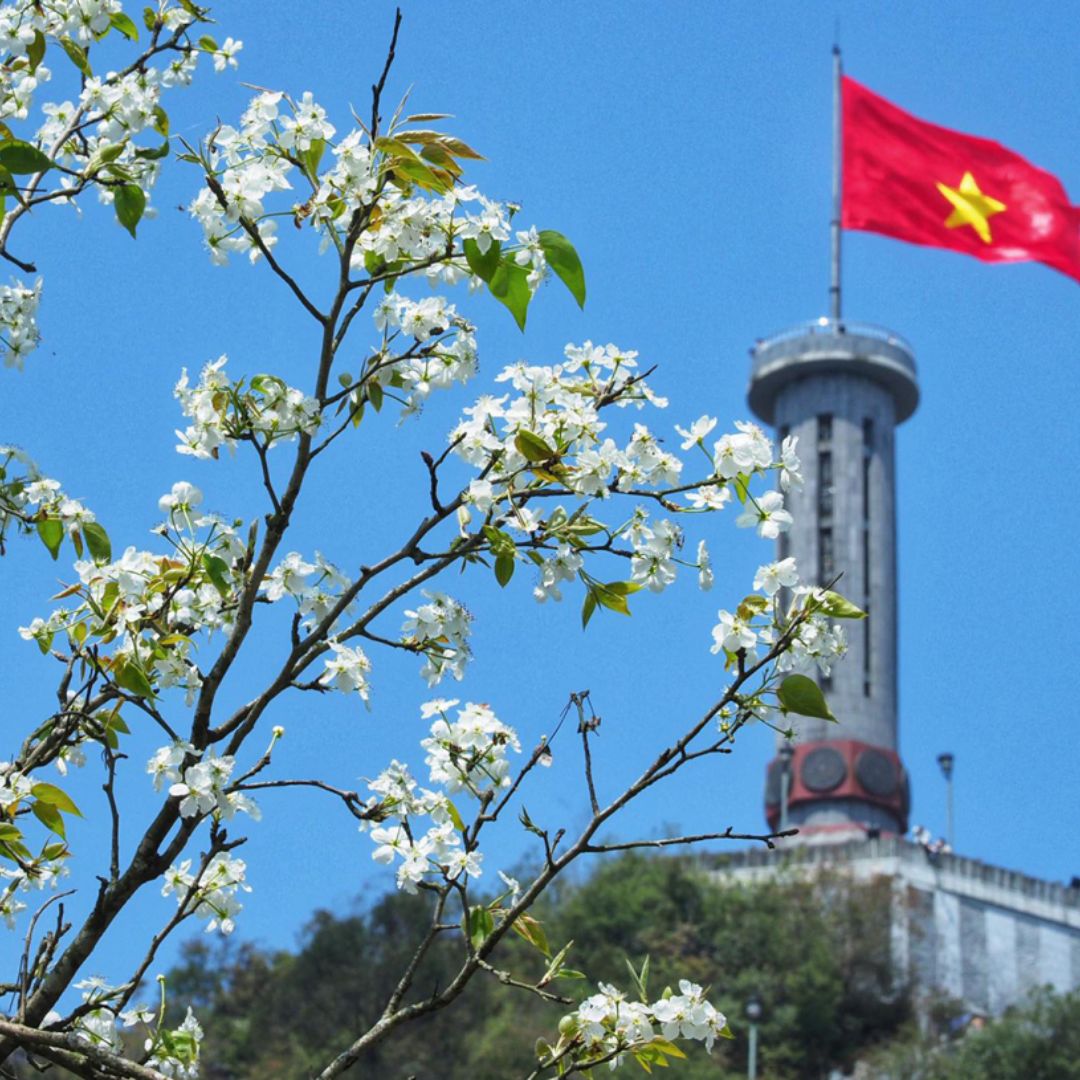
The Wet Season:
- Lasts from May through October, with the heaviest rainfall from June to August.
- The southwest monsoon brings warm, moist air from the Indian Ocean, leading to frequent heavy downpours and thunderstorms.
- Temperatures are hot and humid, with average highs of 28-33°C (82-91°F) and lows of 20-25°C (68-77°F).
- Landslides and flooding can be issues during the wettest months.
The Dry Season:
- Spans November through April.
- The northeast monsoon brings cooler, drier air from China.
- Temperatures are much more comfortable, with average highs of 17-26°C (63-79°F) and lows of 7-16°C (45-61°F).
- Very little rainfall occurs, with the driest months being January-March.
- This is the best time for trekking and other outdoor activities in Ha Giang.
Other Climate Factors:
- Elevation plays a big role, with the highest peaks experiencing much cooler temps and more precipitation.
- The rugged, mountainous terrain also leads to significant microclimates across the province.
- Fog and cloud cover are common, especially in the higher elevations.
- The rapid changes in weather can make it challenging to predict conditions, even in the short term.
Ha Giang Weather by Month
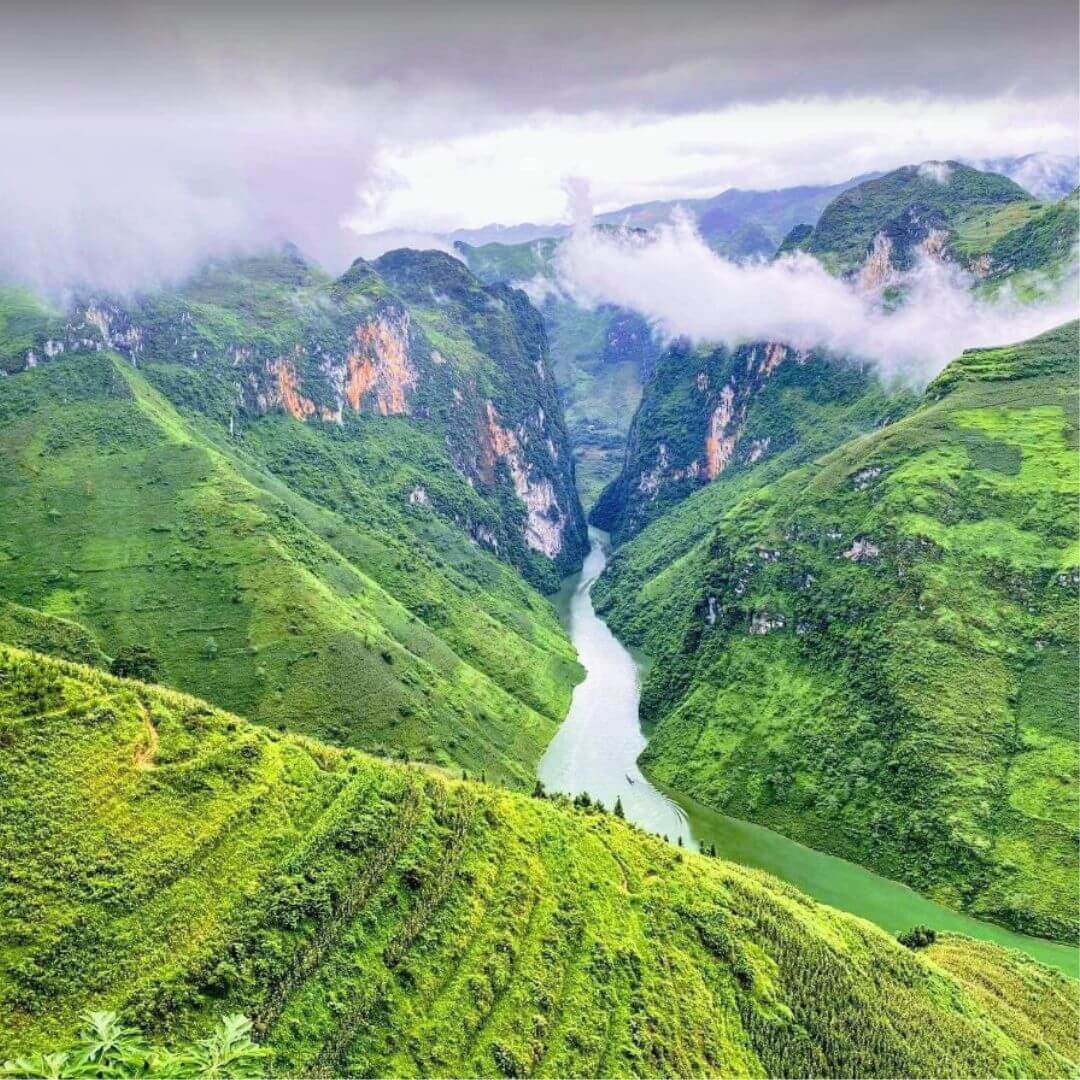
The weather in Ha Giang varies significantly from month to month, making it important for travelers to plan their visit carefully in order to make the most of their trip. In general, the best time to visit Ha Giang is during the spring and autumn months, when the weather is mild and pleasant. During these times, temperatures are comfortable, and the landscape is lush and green, making it an ideal time for outdoor activities such as hiking, trekking, and sightseeing.
However, it’s important to note that even during these optimal months, the weather in Ha Giang can be unpredictable, with sudden rain showers and temperature fluctuations being common occurrences. As such, it’s important for visitors to be prepared for a wide range of weather conditions when visiting Ha Giang.
- January: Cooler temperatures, with average highs around 17-20°C (63-68°F) and lows of 8-12°C (46-54°F). Relatively dry, with little rainfall.
- February: Temperatures start warming up, with average highs of 20-23°C (68-73°F) and lows of 10-14°C (50-57°F). Still fairly dry.
- March: Daytime highs reach 23-26°C (73-79°F), while nights are 12-16°C (54-61°F). Precipitation starts to increase.
- April: Warmer, with average highs of 25-28°C (77-82°F) and lows of 15-18°C (59-64°F). This is one of the wetter months, with more frequent showers.
- May: Hot and humid, with highs of 28-31°C (82-88°F) and lows of 18-21°C (64-70°F). Rainfall is heavier during this transitional month between dry and wet seasons.
- June: The start of the rainy season, with heavy downpours. Daytime temps reach 29-32°C (84-90°F) and nighttime lows are 20-23°C (68-73°F).
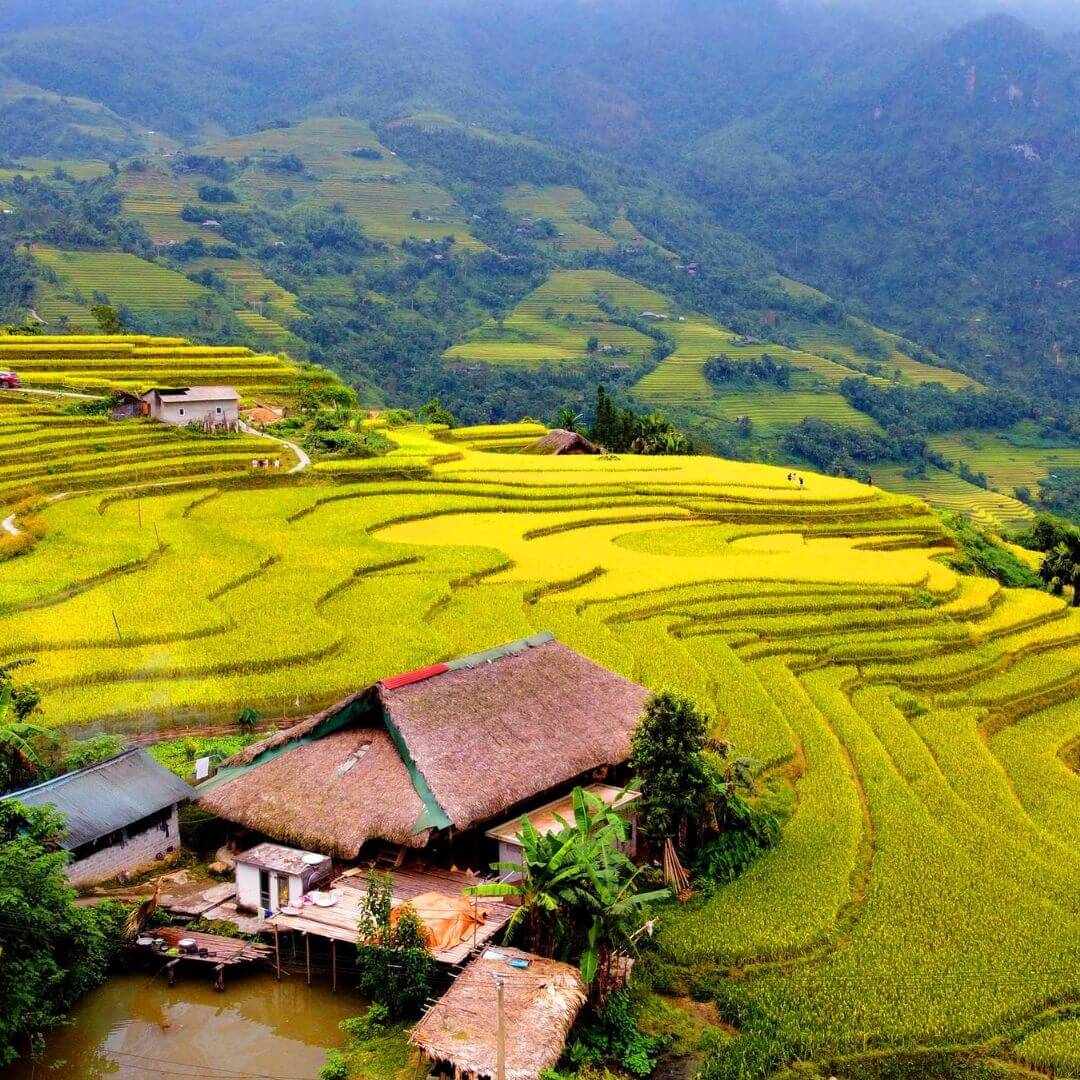
- July: The wettest month, with frequent and intense rainfall. Temperatures are hot, with highs of 30-33°C (86-91°F) and lows of 21-24°C (70-75°F).
- August: Continued hot, wet weather, with highs of 31-34°C (88-93°F) and lows of 22-25°C (72-77°F). Rainfall is heavy but a bit less than July.
- September: Temperatures start to cool down, with highs of 29-32°C (84-90°F) and lows of 20-23°C (68-73°F). Rainfall decreases but the wet season continues.
- October: Significantly cooler, with average highs of 25-28°C (77-82°F) and lows of 16-19°C (61-66°F). The wet season is ending.
- November: Daytime temps range 21-24°C (70-75°F), while nights get quite chilly at 10-13°C (50-55°F). Drier weather prevails.
- December: The coolest month, with highs of 18-21°C (64-70°F) and lows of 7-10°C (45-50°F). Dry conditions continue.
Best Time to Visit Ha Giang
Ha Giang is a province located in the northernmost part of Vietnam, known for its stunning landscapes, rich cultural heritage, and diverse climate. The province is home to a number of ethnic minority groups, including the Hmong, Tay, and Dao, each with their own unique traditions and customs. Ha Giang is also famous for its breathtaking natural beauty, with towering mountains, lush valleys, and winding rivers that make it a paradise for outdoor enthusiasts and nature lovers.
The province is also home to the Dong Van Karst Plateau Geopark, a UNESCO World Heritage Site that is renowned for its geological diversity and cultural significance. With its diverse climate and stunning scenery, Ha Giang is a must-visit destination for anyone looking to experience the true beauty of Vietnam.
| Month | Temperature (°C) | Rainfall (mm) | Activities |
|---|---|---|---|
| October | 18-25 | 50-100 | Harvest season, clear skies |
| November | 15-22 | 50-100 | Buckwheat flower season |
| December | 12-18 | 50-100 | Winter festival, local markets |
The best time to visit Ha Giang is during the spring months of March to May and the autumn months of September to November. During these times, the weather is generally mild and pleasant, with comfortable temperatures and minimal rainfall. The spring months are particularly beautiful in Ha Giang, as the landscape comes alive with vibrant flowers and lush greenery. This makes it an ideal time for outdoor activities such as hiking, trekking, and exploring the region’s stunning natural beauty.
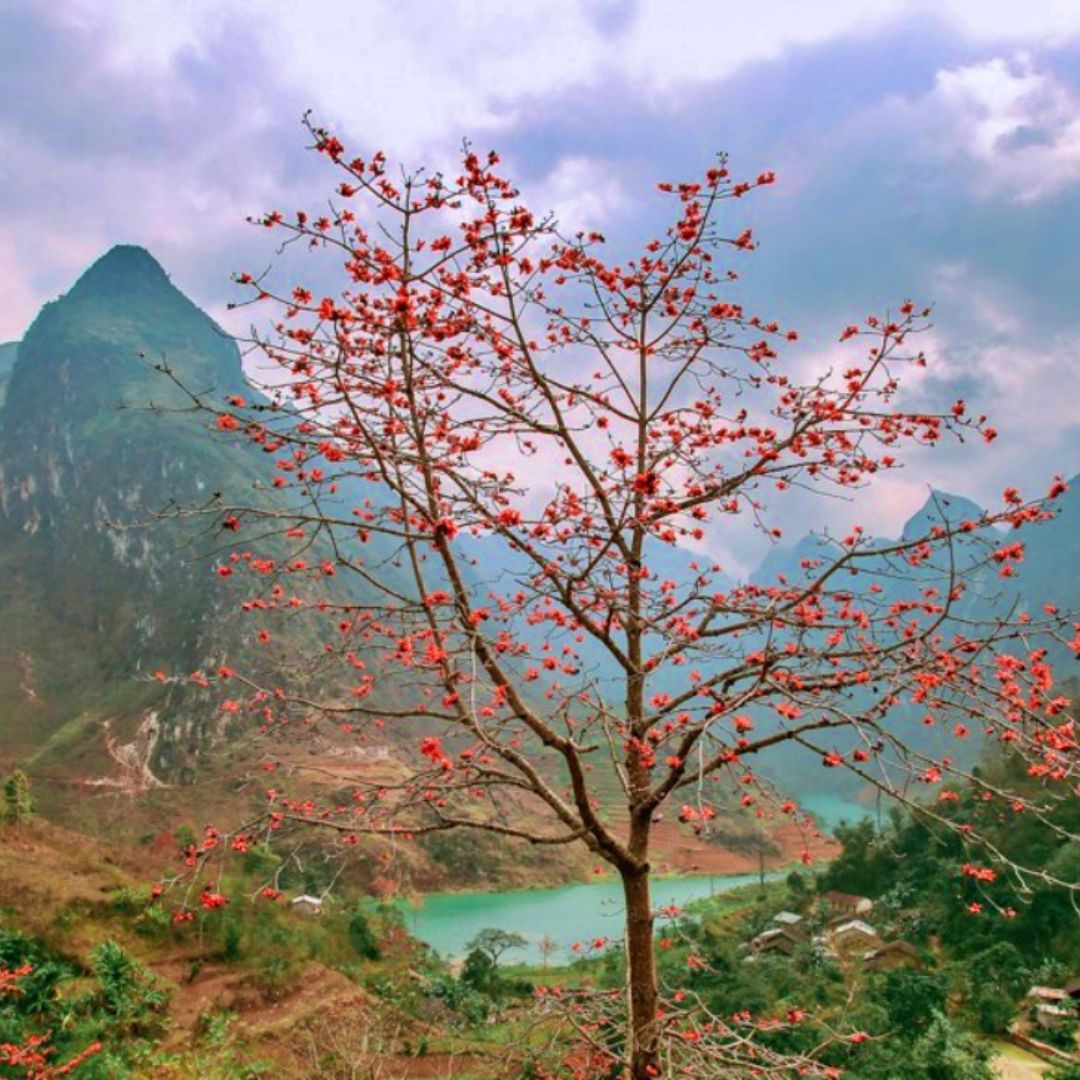
The autumn months are also a great time to visit Ha Giang, as the weather is cool and dry, making it perfect for sightseeing and enjoying the province’s diverse cultural heritage. However, it’s important to note that these optimal times can also be popular with tourists, so visitors should be prepared for larger crowds and higher prices during these peak seasons.
That said, there are some tradeoffs to consider:
- Some attractions and services may have reduced hours or be closed during the cooler months.
- The northeast monsoon can bring bouts of chilly, overcast weather, especially in the higher elevations.
Packing Tips for Ha Giang
When packing for a trip to the mountainous region of Ha Giang, it’s important to consider the area’s diverse climate and weather patterns. The key is to pack layers that can accommodate the wide temperature range, from chilly mountain nights to warm daytime temperatures. Bring a warm, insulated jacket or fleece for cooler weather, especially at higher elevations, as well as quick-drying, moisture-wicking fabrics for active outdoor wear. Don’t forget a lightweight rain jacket or poncho, even during the dry season, as sudden showers can occur.
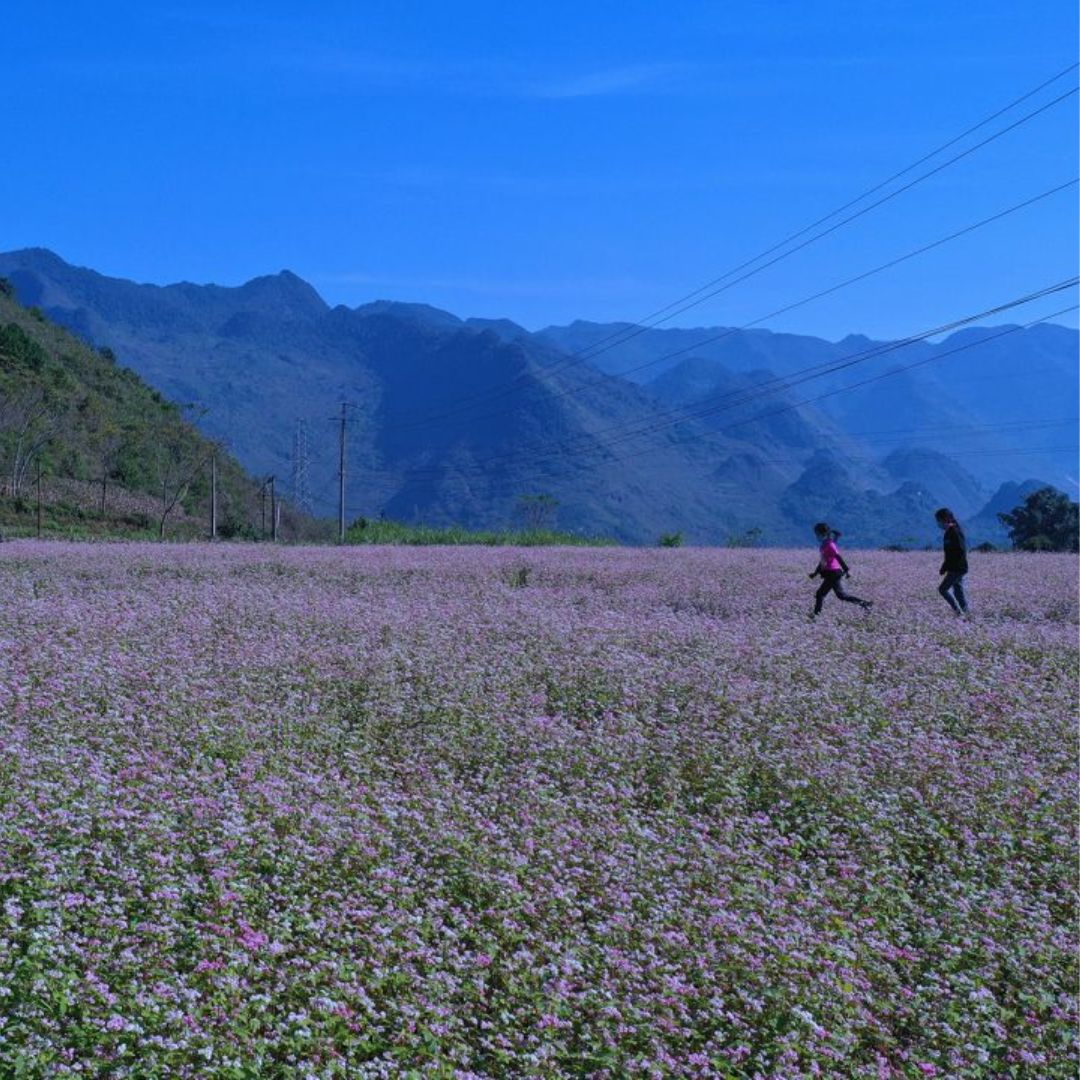
Comfortable, sturdy walking or hiking shoes with good traction are a must, as is sun protection like hats, sunglasses, and lightweight, long-sleeved shirts. Other essential items include a reusable water bottle, any needed medications, a power bank to keep electronics charged, a headlamp or flashlight, and basic first aid supplies.
When it comes to gear, consider bringing trekking poles if you plan to do a lot of hiking, as well as a lightweight, packable rain cover to protect your backpack. Invest in a high-quality, weatherproof camera to capture the stunning landscapes, and don’t forget a portable charger for your phone and camera. If you’re planning to camp, pack appropriate cold-weather gear like a warm sleeping bag.
Finally, be prepared for rapid changes in the weather, even within a single day. Pack light, versatile clothing that can be easily layered, and consider bringing a small dry bag to protect important items from occasional rain. A lightweight, portable umbrella can also be a handy addition to your packing list.
>>> Read More:
Weather-related Activities in Ha Giang
Embracing the diverse climate and weather patterns of Ha Giang is essential for visitors to fully enjoy this stunning region of northern Vietnam. By understanding and adapting to the changing conditions throughout the year, travelers can make the most of the unique opportunities that each season presents.
During the dry season, from November to April, the mild temperatures and low precipitation levels make for ideal conditions to explore the region’s breathtaking mountains, valleys, and terraced rice fields. This is the prime time for activities like trekking, hiking, and motorbike riding, as the roads are generally safer and more accessible. Visitors can also immerse themselves in the vibrant fall foliage and enjoy the relative lack of crowds.
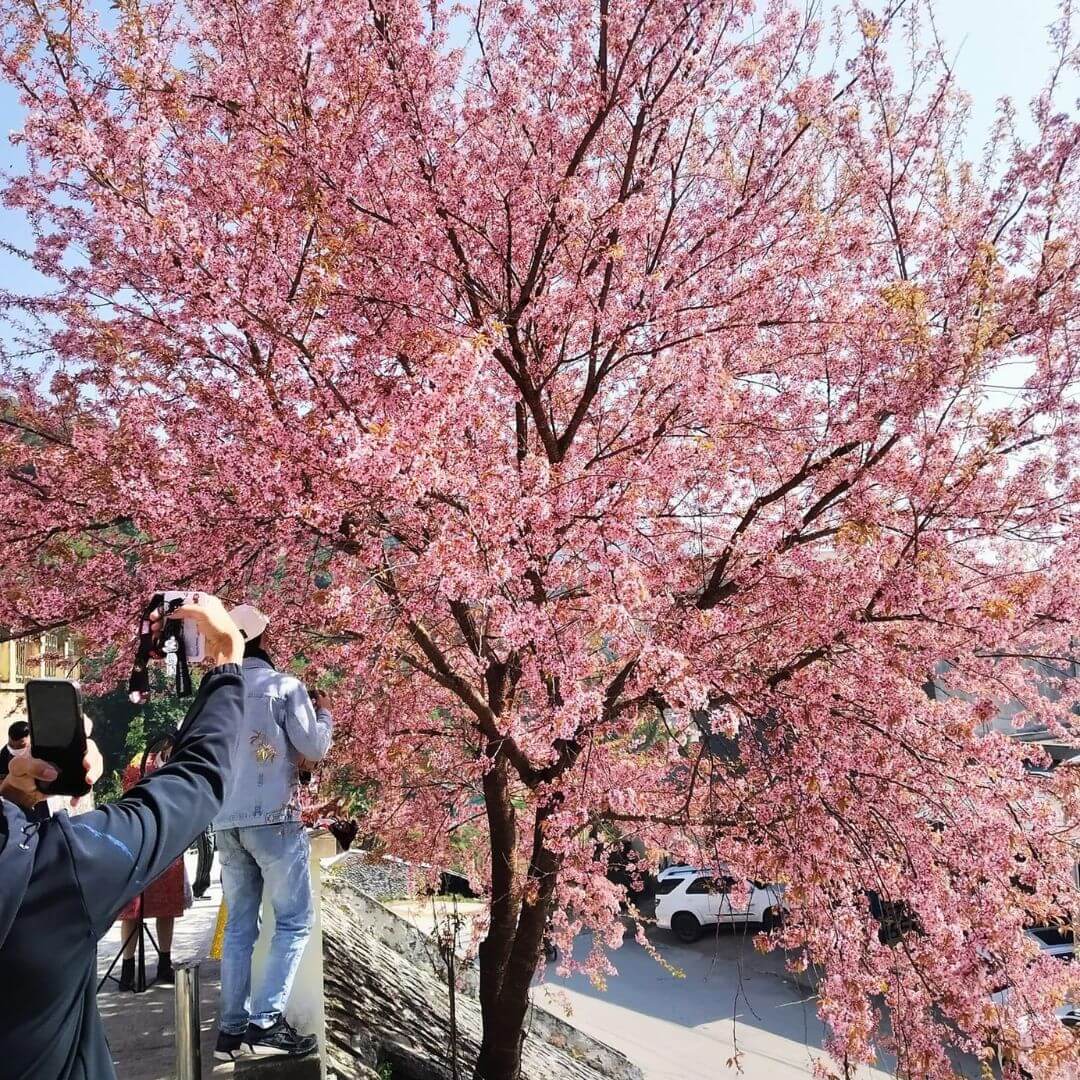
In contrast, the wet season, from May to October, brings heavier rainfall and increased cloud cover. While this can disrupt some outdoor pursuits, it also ushers in a lush, verdant landscape and swelling river levels that enable water-based activities like kayaking, rafting, and boat tours. The wet season is also an opportune time to witness local cultural festivals and celebrations, providing a deeper understanding of the region’s traditions.
During the Dry Season (November to April):
- This is the prime time for trekking and hiking through the stunning mountainous landscapes. The mild temperatures and low precipitation make for ideal conditions.
- Motorbike riding is another popular activity, as the roads are generally drier and safer during these months.
- Exploring the region’s terraced rice fields and vibrant fall foliage is best done in the dry season when visibility is clearer.
- Camping and outdoor overnights are more comfortable and feasible during the cooler, drier months.
In the Wet Season (May to October):
- While heavy rainfall can disrupt some activities, the summer months are an excellent time to witness the lush, green landscapes and thundering waterfalls.
- River-based activities like kayaking, rafting, and boat tours become viable options when the water levels are higher.
- Cultural festivals and celebrations often take place during the wet season, providing opportunities to immerse oneself in the local way of life.
- Lower-elevation areas may be more accessible and comfortable for hiking and exploration when the higher peaks are shrouded in clouds and fog.
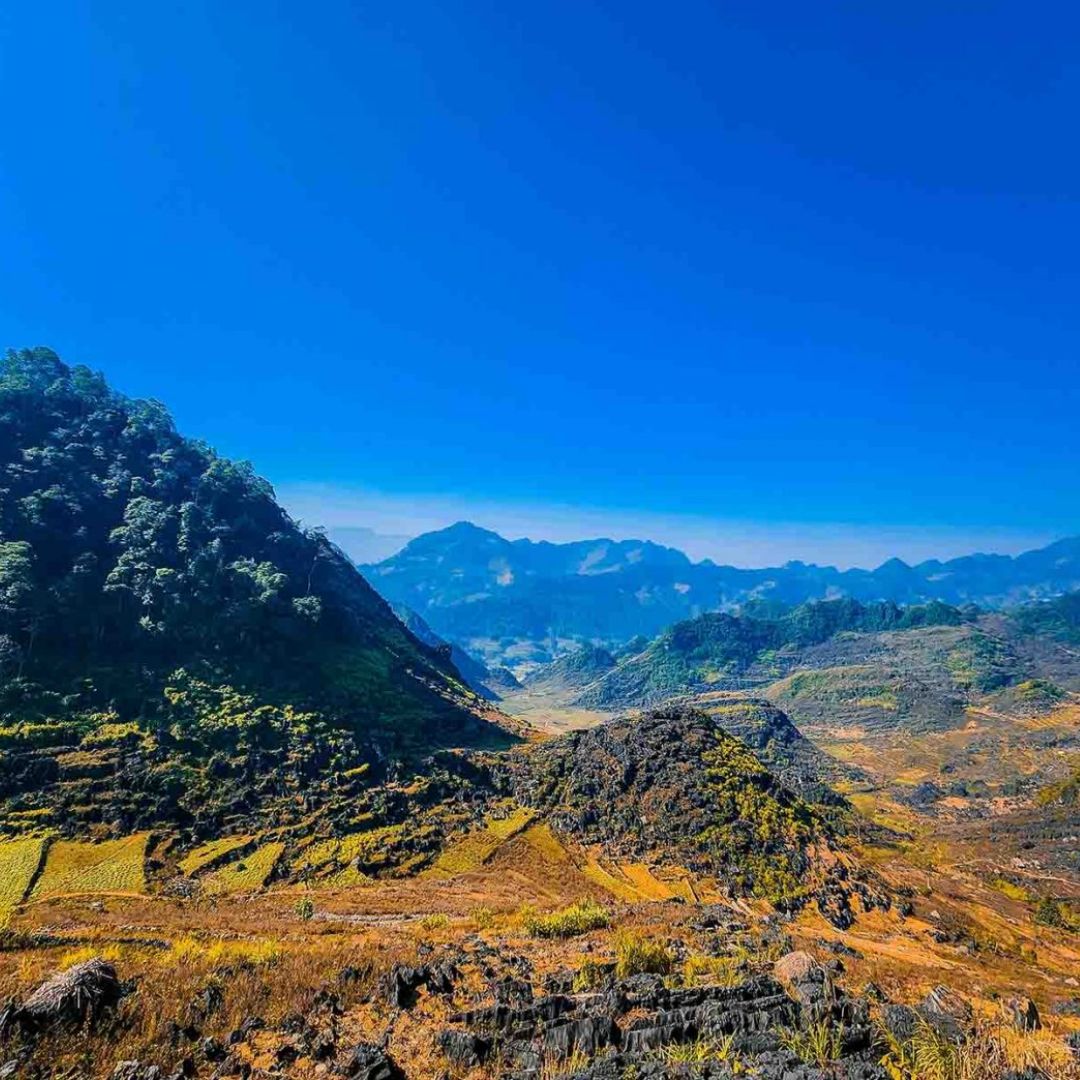
Regardless of the season, the province’s diverse microclimates mean that there are usually some areas that are well-suited for outdoor pursuits at any given time. Flexibility and a willingness to adapt one’s plans based on the current weather conditions are key to making the most of a visit to Ha Giang.
Ha Giang’s diverse climate is a key part of what makes it such a unique and fascinating destination for travelers. From its subtropical lowlands to its alpine peaks, the province offers a wide range of weather conditions that provide endless opportunities for exploration and adventure. By understanding the region’s climate and planning their visit accordingly, travelers can fully embrace all that Ha Giang has to offer, from its stunning natural beauty to its rich cultural heritage. Whether visiting during the mild spring months or the cool autumn season, visitors to Ha Giang are sure to be captivated by its diverse climate and all that it has to offer.

